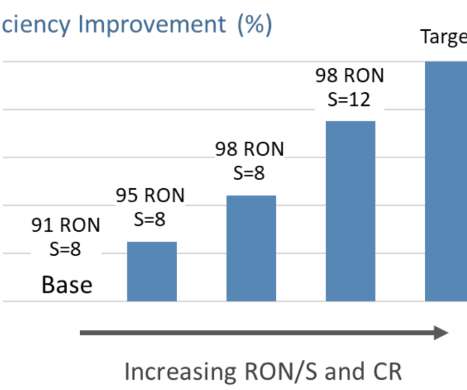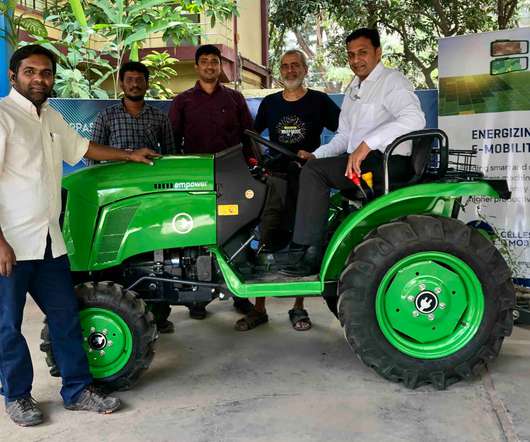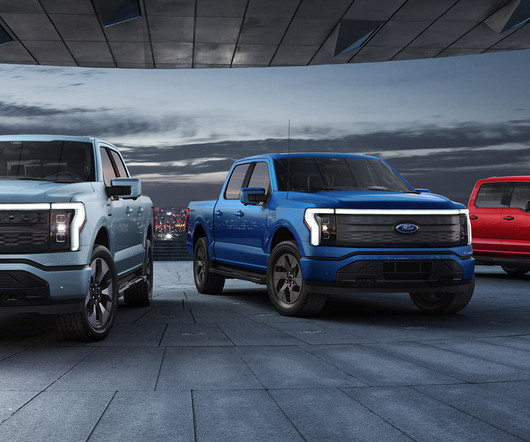Co-Optima releases capstone report on first 4 years of work
Green Car Congress
MARCH 27, 2020
compression ratio, extent of downsizing, etc.). The Co-Optima evaluation process involved a screening approach that efficiently identified blendstocks from diverse chemical families that have the greatest potential to increase boosted SI efficiency, as well as key barriers to their near-term commercialization when sourced from biomass.






















Let's personalize your content